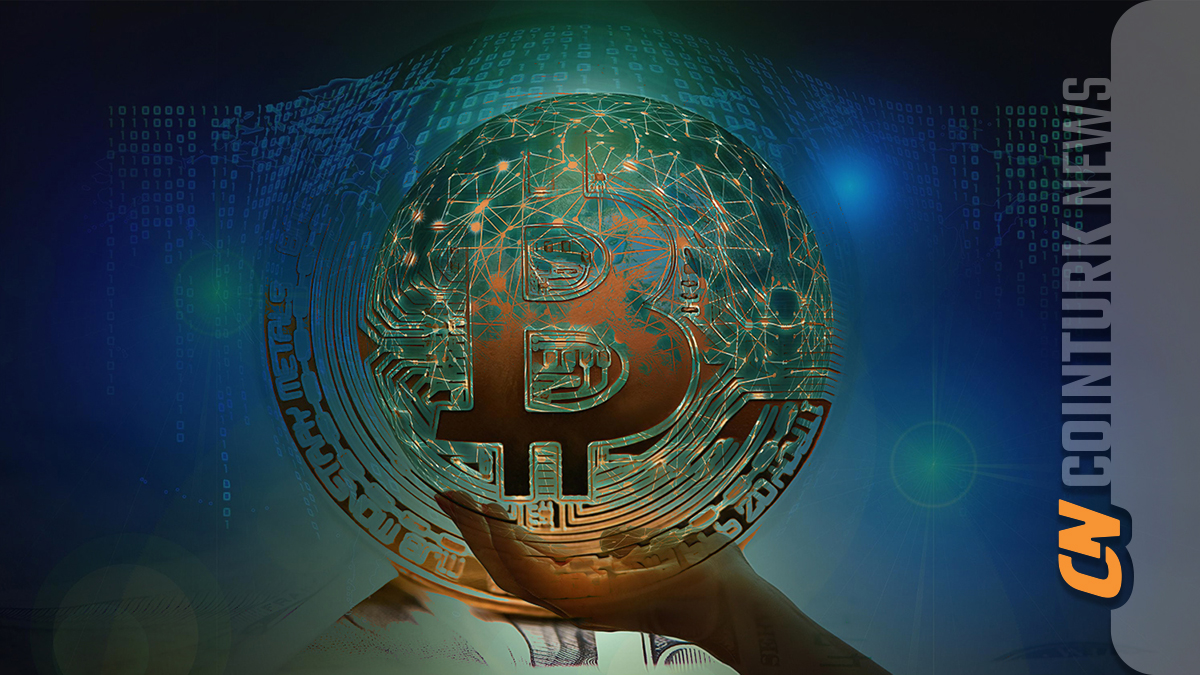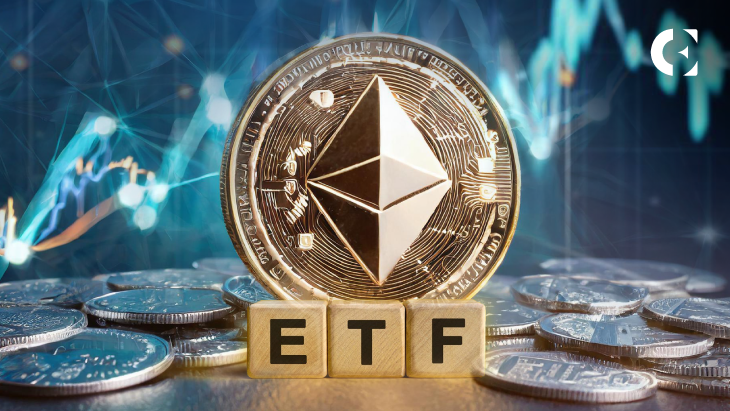Qubic is Unleashing the Power of Mining to Solve Real-World AI Problems – A Deep Dive
Traditional Proof-of-Work tokenomics have demonstrably shown that the strong incentives generated by mining activity have successfully attracted massive investments in hardware and technological infrastructure, leading to a significant increase in computational power.
Given the current challenge of dominating AI R&D, which is heavily reliant on computational power and hardware aggregation, Qubic’s protocol offers an elegant solution. It proposes to repurpose the massive investments in hardware, time, and energy currently used by mining in networks like Bitcoin, towards dominating the AI market.
Users will be able to use a distributed supercomputer to run complex simulations, train & test machine learning models. This approach targets leading firms like Meta, Google, Microsoft, and Apple, with the potential to disrupt the current AI status quo, towards more fair, transparent & secure systems that could benefit us all.
Qubic’s Useful Proof of Work Solves Real-World Problems Using AI
Proof of work is a consensus mechanism that powers commonly known blockchains like Bitcoin. Ethereum also used the same mechanism until 15th September, 2022, after which it moved to Proof of Stake.
But let’s stick to Proof of Work for a moment. This consensus mechanism is based on an effort and reward system. In that sense, it relies on a competitive process in which miners use computational power to solve complex puzzles and validate blocks. Doing so gives them a reward, and it is commonly referred to as mining. However, it uses massive amounts of energy due to high computational requirements, and is considered unsustainable in the long-term.
Qubic brings a rather useful PoW mechanism in which complex mathematical puzzles are replaced by AI training tasks. Validators aka Computors on the network are backed by AI miners and they help research new paradigms for training AI models.
This can potentially consume less energy per computational unit. That is because AI training can possibly run on normal hardware and does not necessarily require massive rigs.
The term useful here means that all the computational power that goes wasted in traditional Proof of Work can now be utilized to research Artificially General Intelligence that can potentially resolve real-world problems in the future. At the same time, the AI training maintains the decentralization of the network as every AI miner competes to solve the training tasks.
Reducing Execution Times of Smart Contracts to Mere Seconds
We know that traditionally, smart contracts are written in programming languages like Solidity and Vyper, and get executed on virtual machines.
For example, Ethereum smart contracts get executed on EVM (Ethereum Virtual Machine). But one of the biggest disadvantages of virtual machines is that execution of smart contracts can be slow. Of course, one can optimize the code and achieve better execution times. But regardless of that, there’s a limit to how fast the code can execute.
Qubic takes a different approach to enhance the speed of smart contracts. Its smart contracts are written in C++ instead. They’re fast, and turing-complete. This binary approach helps reduce the execution times of smart contracts to mere seconds by allowing more efficient utilization of computing power.
Feeless Transactions
High transaction fees is another major hurdle that prevents people from using cryptocurrencies for everyday transactions. Let’s look at the average transaction fee on Ethereum.
From being sub 1 cent in July 2017, the fee went up to $53 in November 2021. Since then, it hasn’t been less than a dollar. Of course, we have other chains like Solana and Matic that have low transaction fees and higher speeds.
Still, it is rare to come across a network promising feeless transfers. But Qubic features feeless transfers and sets itself apart. The commission size for executing smart contracts is set by the Computors in Qubic’s system based on votes by Quorum. After that, it is burned to regulate deflation and inflation.
What is Aigarth?
Aigarth is Qubic´s spearhead. All the information received from hundreds of thousands of miners & oracles bringing real world data on the Qubic network feeds Qubic´s collective intelligence platform, setting the base for a future Artificial General Intelligence. In order to use this collective intelligence, the Aigarth end users need to pay with QUBIC, which will afterwards get burned, triggering a deflationary process in the ecosystem
Tokenomics Model
Qubic employs a unique tokenomics model. Its ecosystem is driven by QUBIC, which is not only a monetary unit in the traditional sense, but can also be seen as computational energy units.
These units get consumed (aka burned) for certain activities such as executing smart contracts. While they have monetary value, they are not directly paid to the miners in this system. Once burned, the QUBIC units get entirely removed from the supply.
1 trillion QUBIC units get generated in every epoch spanning 1 week. These are distributed among the fixed 676 network validators, called Computors, on the network one week later. This means that the max number of QUBIC that a Computor can possibly receive as revenue is 1.479 billion.
Every epoch has 676 spots available for validators, and each week the validators are chosen based on competition. In each epoch, 226 spots can be replaced, and a validator’s spot is determined based on the score of mining solutions. In theory each spot in the network can become a mining pool. To be considered, the validator needs to participate in a qualifying round spanning one week, in which no QUBIC units get generated.
However, that is only applicable if all Computors are operating at maximum efficiency. In real scenarios, not all Computors will be fully efficient and the inefficient ones will receive less QUBIC per epoch. Any remaining QUBIC units will get assigned to the Arbitrator.
The Arbitrator has a set of duties to perform, including resolving disputes, and publishing the list of Computors in every epoch. On the other hand, Computors ensure that the consensus is reached and execute smart contracts. At the same time, they also vote by Quorum to decide the commission size for running a smart contract. Again, this commission is not an income for the Computors, instead it gets burned to adjust the deflation/inflation in the ecosystem.
Use Cases of Qubic
Qubic’s potential goes beyond decentralization, enabling a future with powerful, accessible, and secure Artificial Intelligence (AI). This revolutionary technology has the potential to transform various sectors.
For instance, it can help develop hyper-personalized healthcare treatments, drugs, or devices that improve our well-being and reduce any risks. Imagine creating a customized educational system for any type of student, adaptable in real-time to the development of each and every one of their abilities.
Similarly, imagine developing new materials with never-before-seen properties that allow us to catapult the development of different fields such as clean energy production, aerospace development, or new materials for medical use. We are only at the tip of the iceberg of the development that we will experience during the next decade.
How to Mine QUBIC?
You can mine QUBIC in two main ways. Either mine them independently using the computational power of your mining hardware (solo-mining), or join a mining pool.
Mining independently can be daunting for new users, or those who have limited computational resources. Joining a pool, on the other hand, can be more efficient.
Pool mining is analogous to partnering up with a team to finish the tasks quickly and efficiently, and collectively enjoy the rewards. To join Qubic’s mining pool, you can visit Discord and choose between different mining pools.
QUBIC mining hardware requirements
Training AI models or even contributing to it as part of a pool is not an easy feat. It requires computational power. Hence, the key is to have powerful GPUs, AVX512 compatible CPUs with high core counts and capabilities for multithreading, high RAM speed, and efficient read/write throughput of the storage media.
Where to purchase $QUBIC?
Alternatively, even if you are not a miner you can still own $QUBIC. You can now purchase $QUBIC and trade it on the following two exchanges:
Team & Community
Initially thought of in 2012, Qubic is a brainchild of Sergey Ivancheglo, also known as Come-From-Beyond in the crypto community. He is also the creator and co-creator of NXT and IOTA.
The mainnet has been live since April 2022 and has gathered over 88,000 loyal community members with 500,000 miners on the network. Perhaps the most interesting thing about its launch was that it was fully fair without any VC money or premine.
You can learn more about Qubic by following its team and community on X (formerly twitter):





